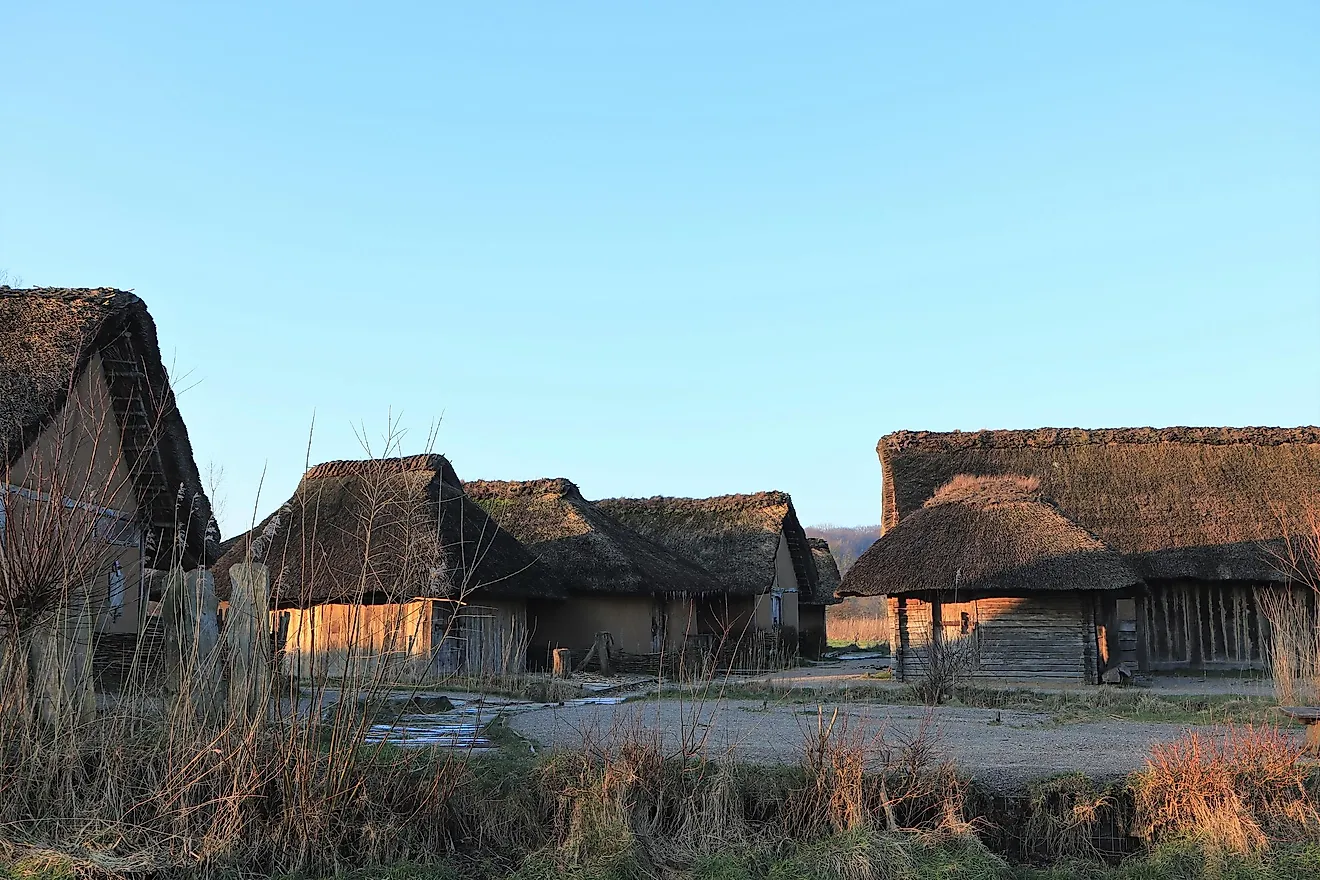What Was Hedeby?

Hedeby was a key Danish settlement during the Viking Age that was established in the 8th century and destroyed in 1066. The settlement was located near the southernmost end of the Jutland Peninsula, within what is now the district of Schleswig-Flensburg in Schleswig-Holstein, Germany. Hedeby was established as a trading center at the head of the Schlei, which is a navigable inlet of the Baltic Sea, and was considered a favorable location since it was only a 9 mi portage to the Treene River, which flows into Eider. It was the second-largest Nordic city during the Viking Age, after Uppakra. The trading settlement was rediscovered during the late-nineteenth century, and excavation began in 1900. It is considered the most important archaeological site in the German state, and was designated as a UNESCO World Heritage Site in 2018.
History
The earliest mention of Hedeby occurred in the 804 Frankish chronicles of Einhard, although the settlement was likely established in 770. The Danish king Godfred destroyed the Slav trading center Reric in 808, and subsequently moved the traders to Hedeby. Godfred strengthened the earthen wall that extended across the southern part of the Jutland Peninsula, and then merged it with Hedeby’s defensive walls to form an east-west barrier across the peninsula. Hedeby was bordered to the east by the bay of Haddebyer Noor and the Schlei inlet. The settlement became the leading marketplace in the region due to its strategic position along the main trading routes between the Frankish Empire and Scandinavia (north-south), and between the Baltic Sea and the North Sea (east-west).
In response to the growing power of the Vikings between 800 and 1000, Hedeby became an important trading center in the region. Hedeby, together with Schleswig and Birka, were the foundation of the powerful Hanseatic League that emerged during the twelfth century. Hedeby was ruled by a Swedish dynasty established by Olof-the-Brash from the late ninth century to the first part of the tenth century.
Life in Hedeby
Life in Hedeby was described as crowded and short, as people rarely reached the age of 40. Archaeological research confirmed that the later years were usually painful given the prevalence of diseases like tuberculosis. The houses in Hedeby were clustered together and the east-west streets lead to the harbor. Al-Tartushi, a Hispano-Arabic, Sephardi-Jewish traveler from al-Andalus who visited Hedeby, was not impressed by the lifestyle in the settlement. Al-Tartushi claimed that Hedeby was poor in riches and goods, reported that people ate fish, which were abundant, and that most of the population worshiped Sirius.
Destruction of Hedeby
King Harald Hardrada of Norway sacked Hedeby in 1050 during his conflict with the King Sweyn II of Denmark. Harald set Hedeby on fire by sending numerous burning ships into its harbor, and the charred remains of these boats were discovered in Schlei during recent excavations. The town was later sacked and burned in 1066 by West Slavs, after which Hedeby was abandoned. The residents of Hedeby migrated across the Schlei inlet and established the town of Schleswig.
Excavations
After Hedeby was abandoned, rising waters destroyed all visible structures in the settlement. Excavations of the site began in 1900 after the settlement was rediscovered. The initial excavations lasted 15 years, and further excavations occurred between 1930 and 1939. The excavations were very productive because the site's waterlogged grounds had preserved perishable goods and wood. The most significant findings from the site are displayed in Haithabu Museum.











